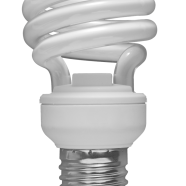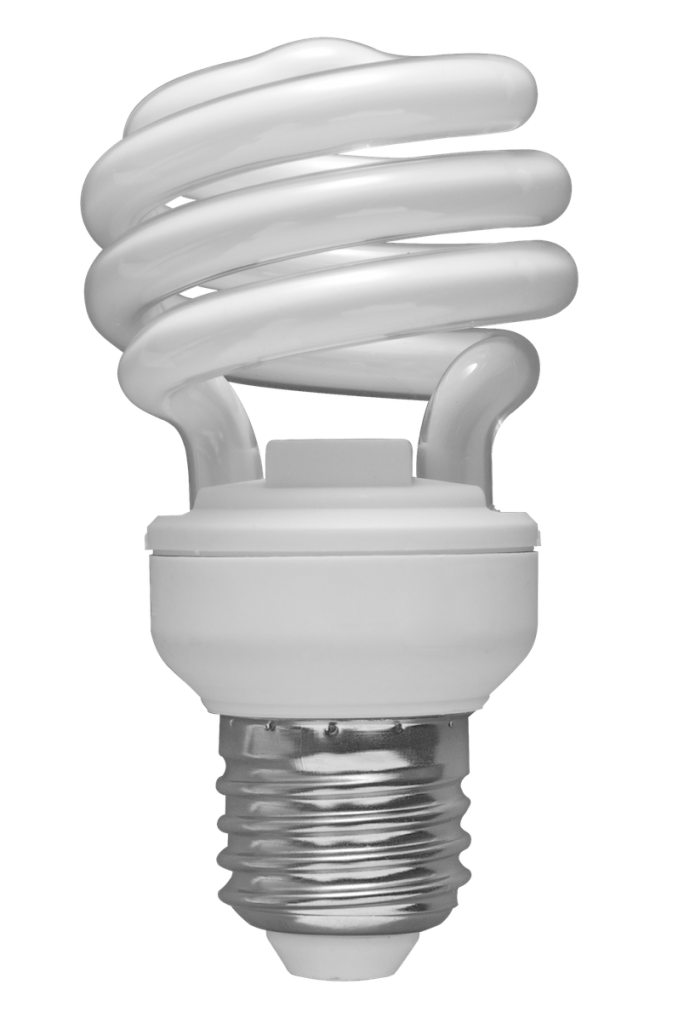Dangers of Fluorescent Lighting
Nearly a decade ago, governments around the world began mandating a move away from traditional incandescent light bulbs as a way to help meet broader energy management goals. At the time, those curly white compact fluorescent bulbs seemed like the best alternative, but further research has revealed the dangers of fluorescent lighting in any form.
All fluorescent lights – from industrial tubes to the spiraled household bulbs – contain mercury, and this is the main concern. Mercury is a heavy metal that is highly toxic in even tiny amounts, a serious deterrent to the adoption of fluorescents on a widespread consumer scale. Exposure to mercury is associated with a whole range of major health concerns, from neurological and behavioral disorders to liver, kidney, and central nervous system problems. Mercury exposure is thus an unavoidable concern with this technology, driving many towards complete replacement of fluorescent lights.
Aside from the environmental effects of mining and manufacturing, there’s of course the danger associated with product breakage. As we all know, accidents happen, and when a fluorescent bulb or tube breaks, a small amount of mercury vapor is released. This small amount is so dangerous that the U.S. Environmental Protection Agency has filled an entire page on its website with detailed instructions on what to do should this happen to you. Several important steps should be taken immediately, a tall order given most will not have these steps available at their fingertips. Worse, liquid mercury can also be released, finding its way down through carpet fibers and cracks in concrete flooring. This liquid eventually evaporates into the atmosphere, causing local contamination and substantially increased health risks.
Even if we manage to avoid breakage, there’s still a major problem when it comes time to dispose of fluorescent bulbs and tubes. While there are programs in place to encourage proper disposal of these materials, too many bulbs still end up at the trash dump. In the U.S. alone, an estimated 600 million fluorescent lights are deposited in landfills each year, amounting to 30,000 pounds of mercury waste. This can seep into surrounding soil and water reservoirs, a catastrophe when we consider that the mercury from just one fluorescent bulb can contaminate 6,000 gallons of water.
As if mercury content isn’t bad enough, recent studies indicate that compact fluorescent light bulbs emit harmful amounts of ultraviolet radiation, leading to skin cell death and even cancer. This radiation is supposed to be blocked by a protective phosphor coating, but this brittle substance generally does not hold up well in the twisted curves of a spiral bulb. The resulting cracks let through harmful UV rays, in addition to other cancer-causing elements such as naphthalene and styrene.
Thankfully, LED technology offers a promising alternative to the dangers of fluorescent lighting. LED lighting products contain no mercury, offering significant energy saving and aesthetic benefits as well. When they first appeared on the consumer market, LEDs came with a much higher initial price tag. This has shifted dramatically in recent years, to the point where LED lights actually present an overall cost savings when factoring in product lifespan and reduced energy consumption.
LED technology’s consumer appeal promises to grow with increased spending on research and product diversification. This spending should enhance the technology’s green appeal as well – a U.S. Department of Energy lab recently reported that that LED bulbs will produce half the environmental impact they do today by the year 2017. That would result in 70% less impact than compact fluorescent bulbs, which are not expected to see any significant technological change.
Sources:
http://www.energywisepa.org/why/mercury
http://www.anh-usa.org/compact-fluorescent-light-bulbs-a-new-cancer-risk-in-your-home/
http://apps1.eere.energy.gov/buildings/publications/pdfs/ssl/2012_led_lca-pt2.pdf












